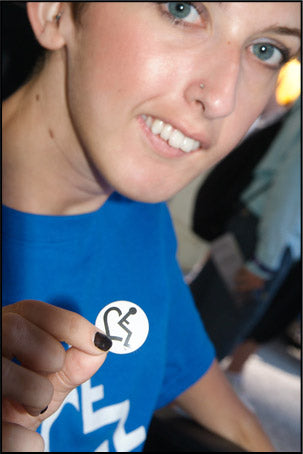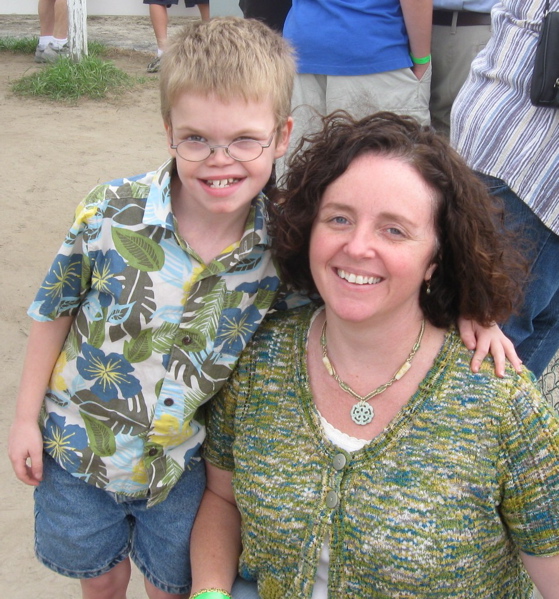When I was a child my Grandfather used to take me to visit my great Aunt who was Severely Cognitively Impaired. She had been born in the early thirties when the general public knew very little about these types of disabilities and my Aunt Ester had been listed as Severely Retarded. She was unable to do the simplest of labors around the farm so she had been placed in an institution and later various group homes because well, her family didn't have the time or the know how to take care of her. My Grandfather loved his sister dearly and took every opportunity to visit her. I was always in his shadow so I usually ended up accompanying him.
As a young child I often wondered about the people who suffered from the Severe Multiple Impairments that were usually lined up along the walls at the group homes. I always thought it was wrong just to put them into their wheelchairs and leave them all day to stare out the window. Nobody ever seemed to talk to them. Nobody showed them any attention other than to change their diapers or spoon feed them. I was saddened by the idea of being locked away in one's own mind and ignored by the outside world. So one day while I was waiting for my grandfather I had begun to roll a ball around on the floor and I notice that several of them were watching me. At first I was uncomfortable under their vacant gazes but after awhile I grew curious and bolder. I walked over to an elderly women who reminded me of my Grandmother and started talking to her. Her smile was immediate and warm. I could tell that she didn't understand me but I held her hand anyway and kept talking. I think the contact was reassuring to both of us. When it was time to leave she patted the top of my hand and her smile broadened. I like to believe she was saying thank you. After that every time I went back I talked to everyone I had time for. Sometimes I got a reaction, sometimes I didn't but it was always worth a try.
Now I work as a paraprofessional for the Multiply Impaired ages 3-6. My babies as I like to refer to them. For the most part my daily routine is very simple, interact as much as possible. Find ways to get them to interact with me. To do this I use toys, a variety of lighting, different types music, banging on musical instruments or the sides of their chairs with drumsticks. Tapping on their shoes, whatever it takes. But I'm always talking to them, encouraging them to communicate. To come out of their shells and experience the world. Other times when I can tell that they do not feel so well I just sit and talk with them. Let them know what's in store for the day and that they have an opinion that is valued.
But most importantly I use love. Just holding their hand or swinging it along to the beat of music. picking them up and rocking them and letting them know that I'm here for them and they are important and they will never be shoved into a corner around me. And I'm always waiting for that smile.






























